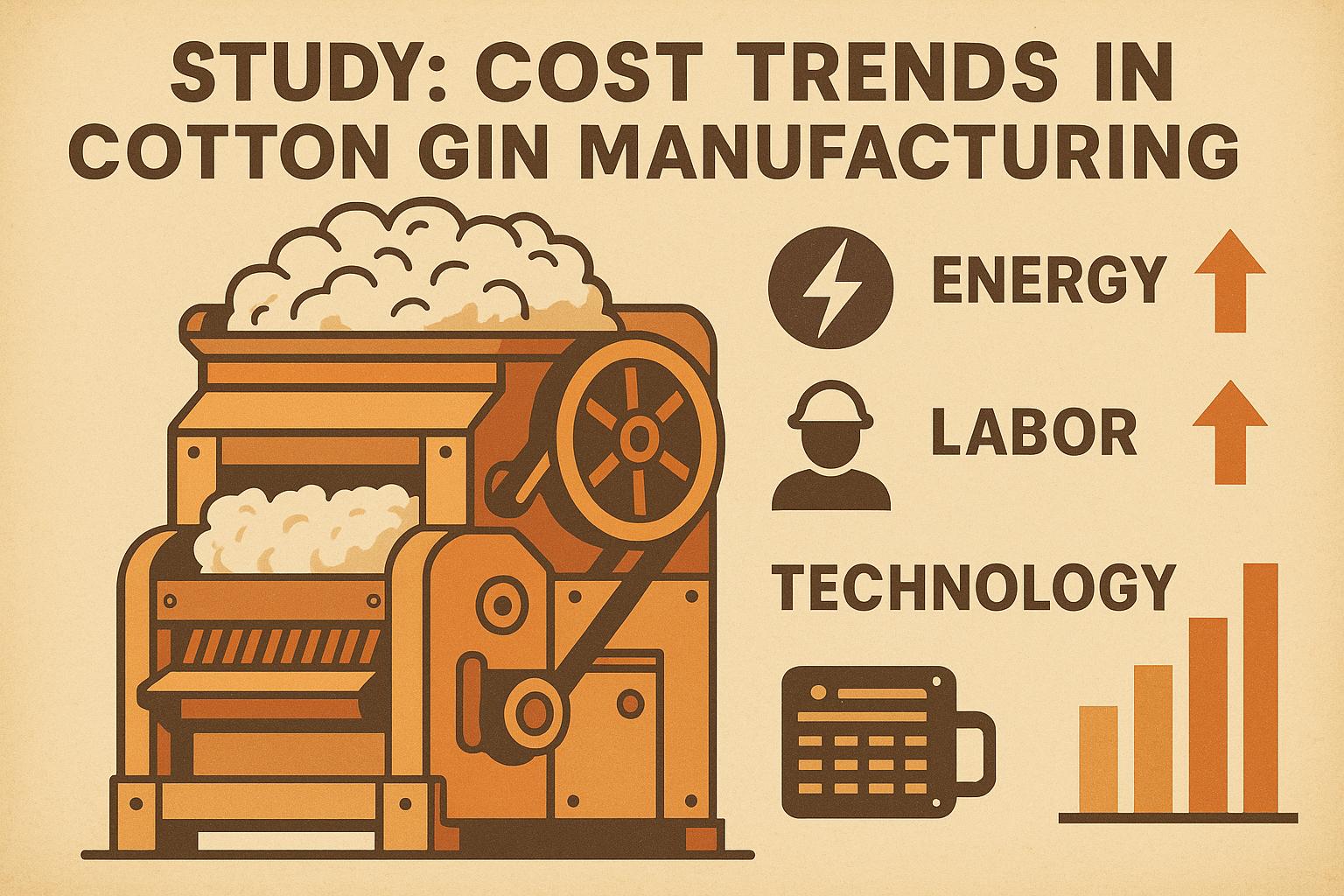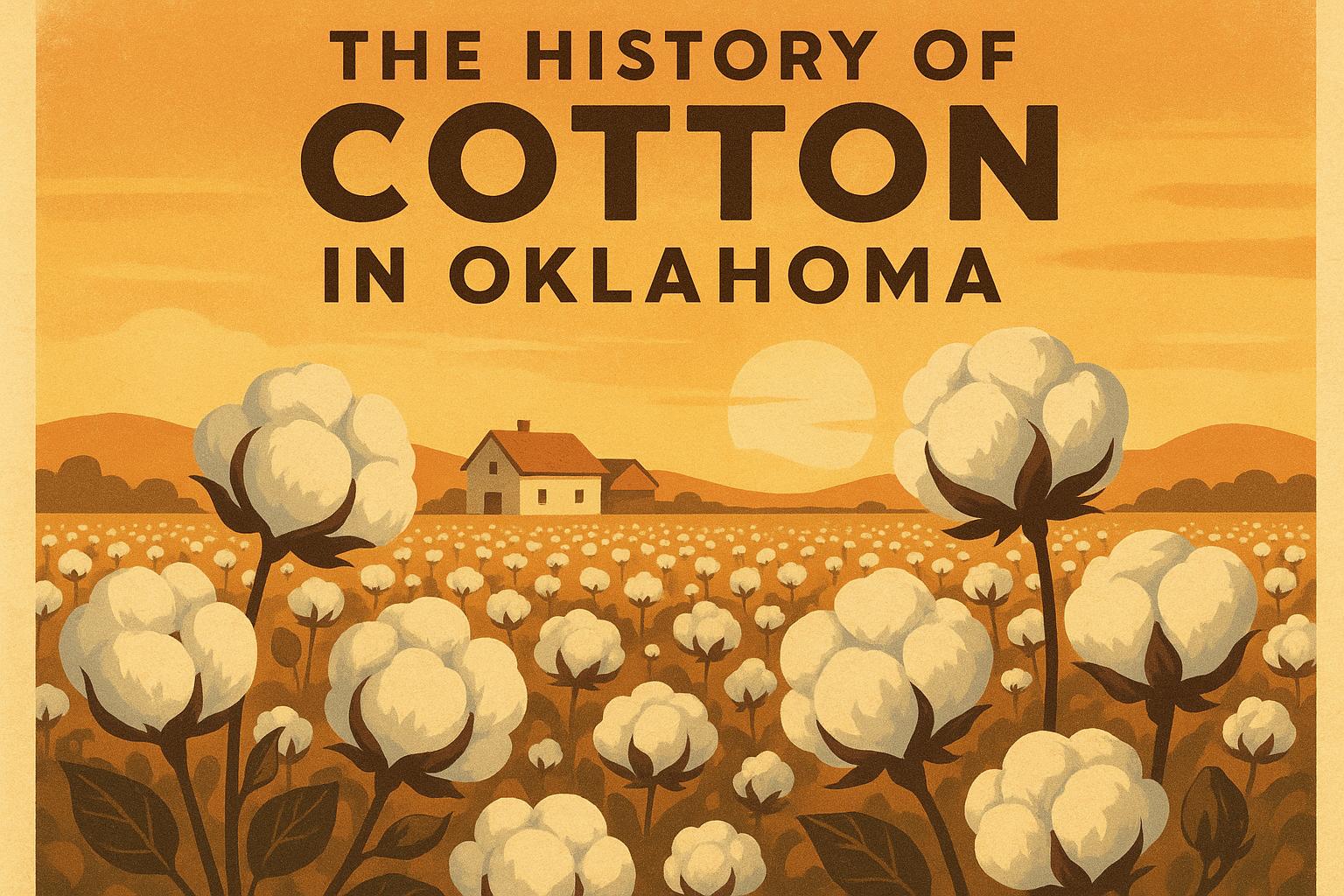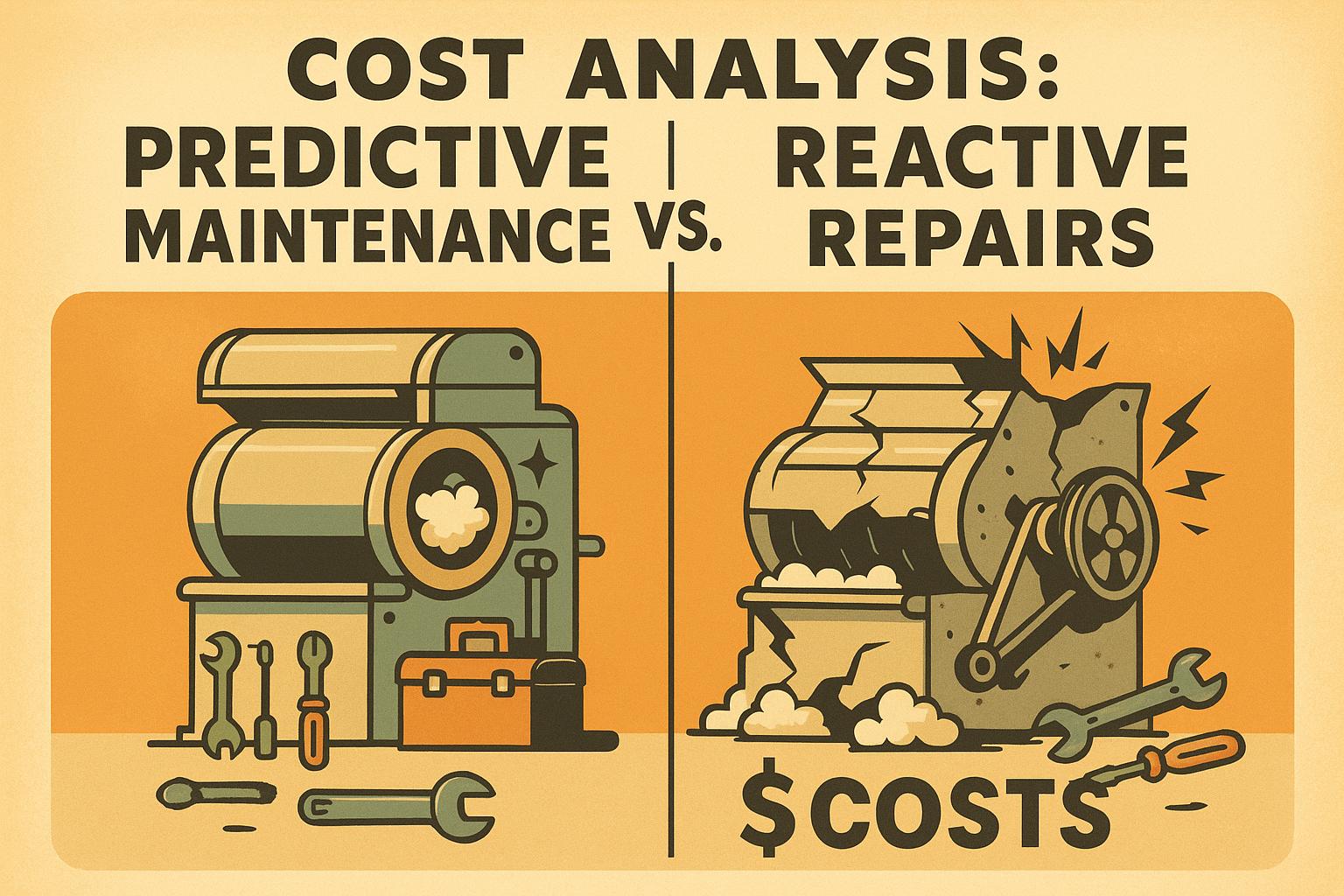Variety selection stands as one of the most critical decisions in cotton farming, directly influencing yield potential, input costs, and overall profitability across diverse growing conditions. For seasoned cotton growers managing operations in variable soils and climates, choosing the right variety isn't just about seed bags—it's about aligning genetic traits with field realities to combat pests, diseases, and environmental stresses while optimizing fiber quality for market premiums. Poor selections can slash yields by 10-30% through mismatched maturity or susceptibility, whereas informed choices can deliver consistent 1,200-1,800 pounds per acre in well-suited environments. This guide breaks down essential factors, from yield stability to resistance profiles, providing practical strategies to evaluate options using trial data, on-farm testing, and economic analysis. By prioritizing these elements, farmers can build resilient systems that enhance long-term sustainability and bottom-line returns, whether in the humid Southeast or arid Southwest.
Yield Potential and Stability: The Foundation of Selection
Yield remains the primary driver in variety selection, but seasoned growers know it's not just about peak numbers—stability across years and conditions is key to minimizing risks. Evaluate varieties based on multi-year trial data from university extension programs or seed companies, targeting those with consistent performance in environments similar to your fields. For instance, aim for varieties demonstrating 15-25% higher lint yields in stress-prone areas, factoring in components like boll size, retention, and plant architecture that contribute to overall output.
Consider soil productivity: High-input loams may favor full-season varieties for maximum boll load, while marginal sands benefit from early-maturing types to avoid late-season droughts. Analyze yield components such as bolls per plant (target 50-70) and lint percentage (above 40%) to predict performance. On-farm strip trials—planting candidates alongside proven staples—offer real-world insights, often revealing 10-20% variances due to local factors like compaction or fertility. Economic thresholds matter: Calculate potential revenue using base prices and premiums, ensuring selections cover seed costs (typically $100-200 per acre) with at least a 2:1 return ratio.
Disease Resistance: Safeguarding Against Costly Threats
Disease resistance is a non-negotiable for reducing fungicide reliance and preserving yields, especially in regions prone to fungal pathogens. Prioritize varieties with built-in tolerance to common issues like Fusarium wilt, Verticillium wilt, and bacterial blight, which can decimate stands by 20-50% in susceptible lines. Look for ratings from breeding programs—high resistance (rated 7-9 on a 10-point scale) can cut losses significantly, allowing for integrated management rather than reactive sprays.
Root-knot and reniform nematodes pose underground threats, eroding root systems and yields by up to 30%; select varieties with partial resistance to minimize nematicide needs. In humid belts, target tolerance to target spot or Alternaria, where leaf defoliation hampers photosynthesis. Combine genetics with cultural practices like rotation—pairing resistant varieties with non-host crops amplifies protection. Trial data often highlights trade-offs: Some high-yield lines may lack broad resistance, so diversify plantings across 2-4 varieties to hedge risks, ensuring no single field exceeds 50% of one type.
Pest Tolerance: Building Defense Against Insects
Integrated pest tolerance complements chemical controls, delaying resistance and trimming insecticide budgets by 15-25%. Focus on varieties with transgenic traits like Bt (Bollgard II or III) for lepidopteran pests such as bollworms, which can reduce boll damage by 70-90%. Native tolerance to sucking pests—aphids, thrips, or whiteflies—through hairy leaves or vigorous growth minimizes early-season stress, supporting robust stands.
In resistance-hotspots, opt for stacked traits combining Bt with herbicide tolerance (e.g., dicamba or glufosinate) for flexible weed management without compromising insect protection. Evaluate based on scouting thresholds: Varieties requiring fewer sprays (under 2-3 per season) preserve beneficials and cut costs. Regional adaptation matters—Southwestern growers may prioritize pink bollworm resistance, while Mid-South operations target tarnished plant bugs. Use extension ratings to compare: High-tolerance lines often yield 10-15% more under moderate pressure, making them ideal for sustainable IPM programs.
Maturity Class: Aligning with Your Growing Window
Maturity classification—early, mid, or full-season—dictates fit for your frost-free days and harvest logistics. Early varieties (100-110 days to maturity) suit shorter seasons or double-cropping, evading late frosts and enabling timely defoliation for cleaner picks. Mid-maturing options (115-125 days) balance yield and quality in moderate climates, while full-season types (130+ days) maximize boll set in extended windows but risk weathering.
Assess based on heat units (DD60s): Target 2,200-2,800 accumulated from planting, adjusting for elevation or irrigation. In variable weather, blend maturities to stagger harvest, reducing equipment bottlenecks and market gluts. Storm tolerance ties in—select varieties with tight bolls and sturdy stalks (rated high for lodging resistance) to withstand winds, preserving 5-10% more lint in hurricane-prone areas.
Fiber Quality: Capturing Market Premiums
Fiber attributes drive ginning premiums and end-user value, so select for traits like staple length (above 1.1 inches), strength (28+ g/tex), and micronaire (3.5-4.9) to meet textile demands. High-quality lines command 5-15 cent per pound bonuses, offsetting any yield gaps. Uniformity (above 83%) and low extraneous matter enhance classing grades, reducing discounts.
Regional markets influence priorities: Export-oriented growers favor longer staples for spinning, while domestic mills emphasize strength. Test via HVI (High Volume Instrument) data from trials, aiming for varieties excelling in your soil—clays often produce finer fibers, sands coarser. Balance with yield: Premium fiber varieties may lag 5-10% in output, so calculate net returns using current basis points.
Adaptability and Agronomic Traits: Fitting Your Operation
Adaptability ensures performance across your farm's micro-environments, from sandy ridges to clay bottoms. Evaluate for drought tolerance through deep-rooting genetics, conserving water, and maintaining yields under deficit irrigation. Salt or pH tolerance suits problem soils, while vigorous seedling emergence (rated high in cool-germ tests) accelerates stand establishment in cool springs.
Plant height and architecture affect management: Semi-dwarf varieties (3-4 feet) ease spraying and reduce lodging, ideal for high-density plantings (80,000+ plants/acre). Herbicide tolerance stacks enable flexible programs, but confirm trait stewardship to avoid off-target issues. Cost-benefit analysis: Premium traits add $20-50 per bag, so select only what's needed—e.g., nematode resistance in infested fields.
| Factor | Key Considerations | Target Metrics | Benefits |
|---|---|---|---|
| Yield Stability | Multi-year trials, soil match | 1,200-1,800 lb/acre consistent | 15-25% higher returns |
| Disease Resistance | Fusarium, Verticillium ratings | 7-9/10 scale | Reduces fungicides 20-30% |
| Pest Tolerance | Bt traits, native vigor | <2-3 sprays/season | Cuts insecticide costs 15-25% |
| Maturity Class | DD60 alignment | 100-130 days | Staggers harvest, evades risks |
| Fiber Quality | Staple, strength, micronaire | 1.1+ in, 28+ g/tex | 5-15¢/lb premiums |
| Adaptability | Drought, soil tolerance | High emergence ratings | Fits variable fields, sustainability |
Integrating Variety Selection into Farm Planning
Holistic integration amplifies benefits: Diversify across 3-5 varieties to mitigate risks, allocating based on field history—resistant types for disease-prone acres, high-yield for fertile ones. Leverage on-farm trials: Plant 10-20 acre strips, monitoring with yield maps and scouts to refine future choices. Collaborate with seed reps and extensions for custom recommendations, incorporating economic models that factor seed costs against projected yields.
Sustainability ties in: Select for resource efficiency, like water-use efficient lines that yield under 20-25 inches total water. In rotation systems, choose varieties complementing predecessors—e.g., following legumes for nitrogen credits. Track performance yearly via records, adjusting for emerging resistances or market shifts.
Overcoming Challenges in Variety Selection
Challenges like information overload demand focus: Prioritize university OVTs (Official Variety Trials) over single-year data, as they simulate real conditions. Trait stacking can inflate costs—evaluate ROI, ensuring premiums justify extras. Regional biases in trials? Cross-reference with neighboring states for broader insights. For limited budgets, start with proven staples, gradually testing newcomers on 10-20% acreage.
Long-Term Benefits: Profitability and Resilience
Strategic variety selection builds farm resilience, boosting yields 10-20% while trimming inputs 15-30%. It supports sustainable practices, reducing environmental footprints through fewer chemicals and efficient resource use. Over time, it enhances market positioning, securing contracts and premiums in a competitive industry.
In conclusion, mastering cotton variety selection empowers growers to turn genetic potential into profitable realities. Apply these factors for tailored, high-performing fields. Explore our state cotton histories for regional context. What's your top variety criterion?


